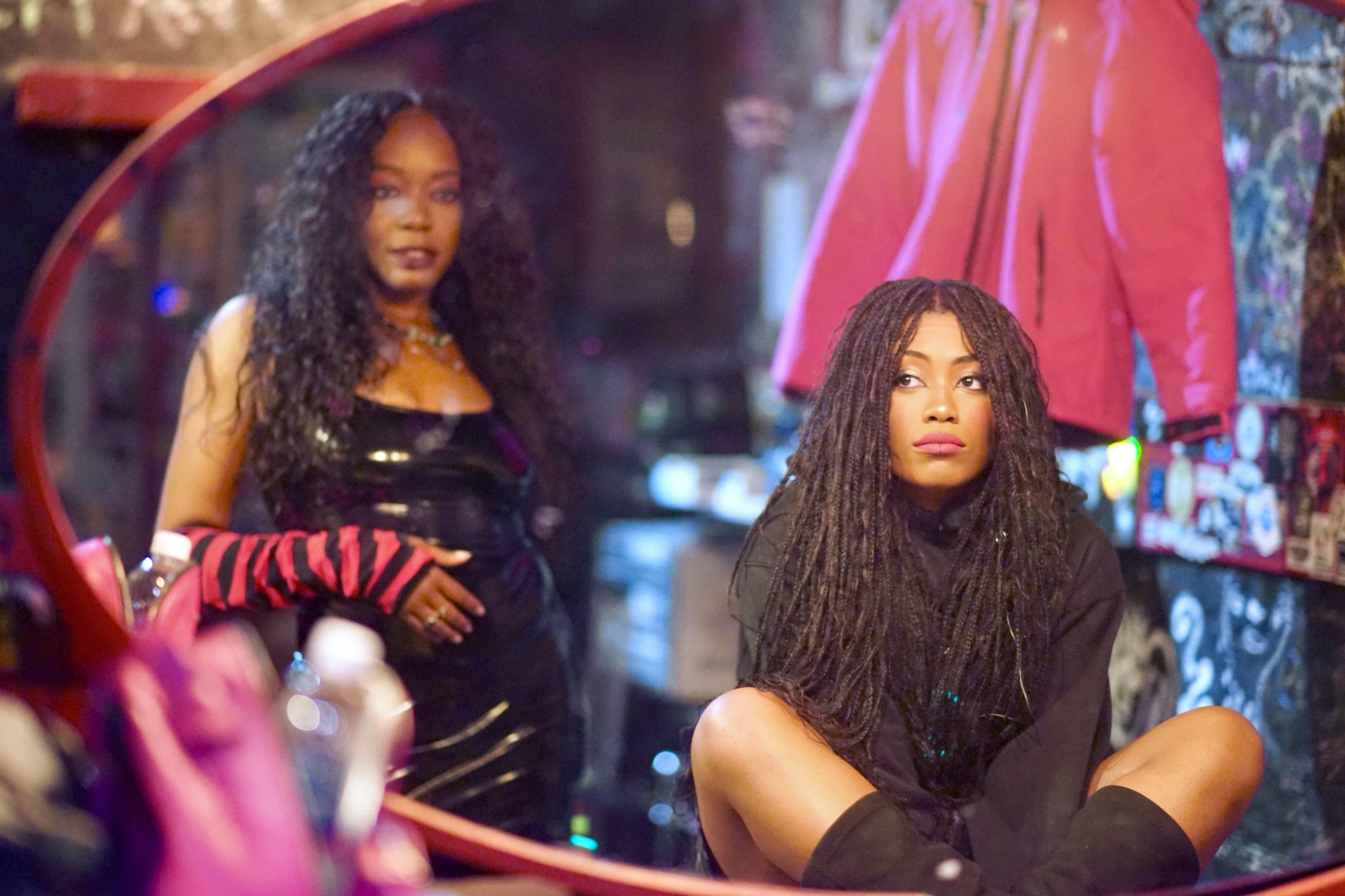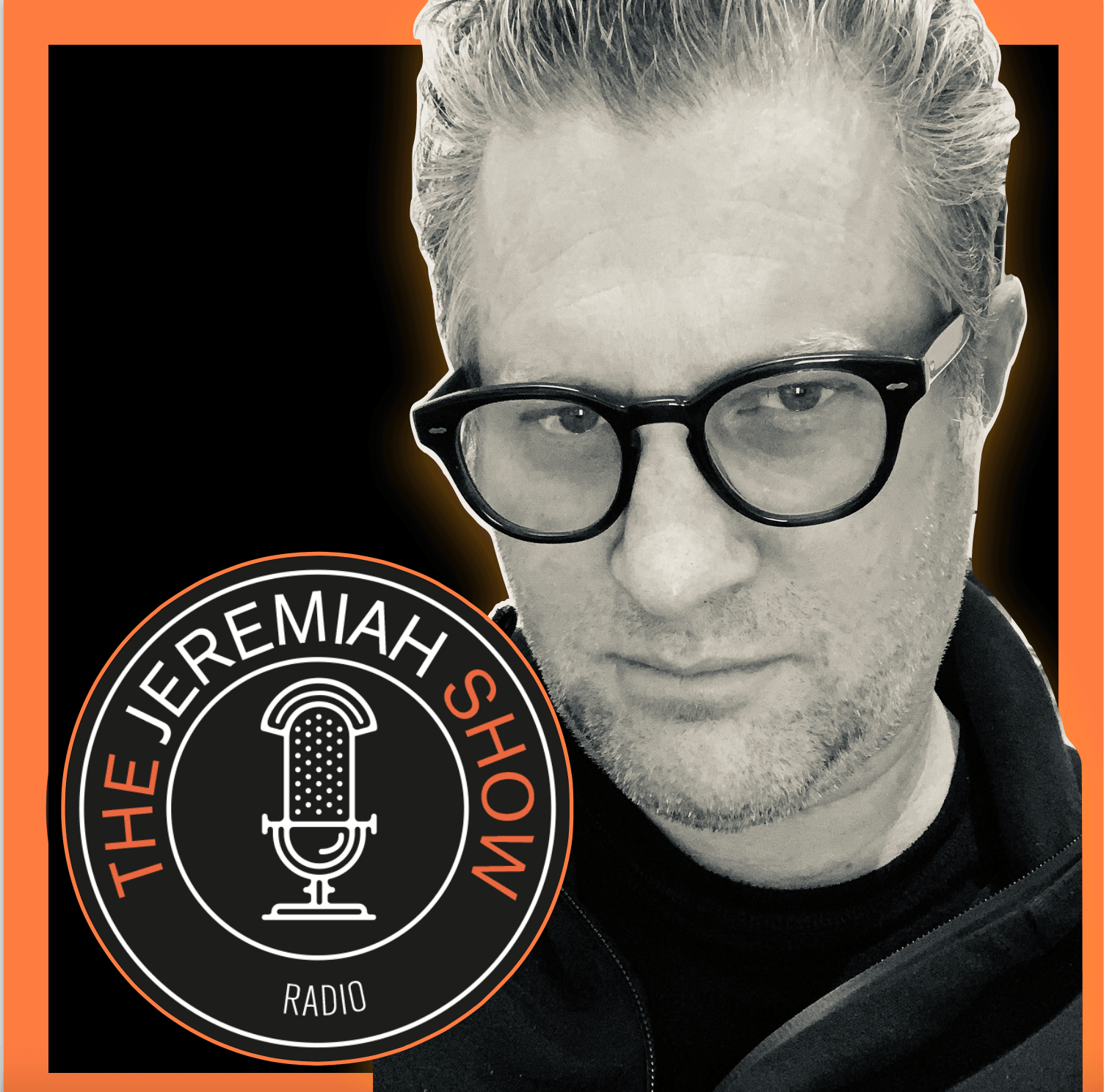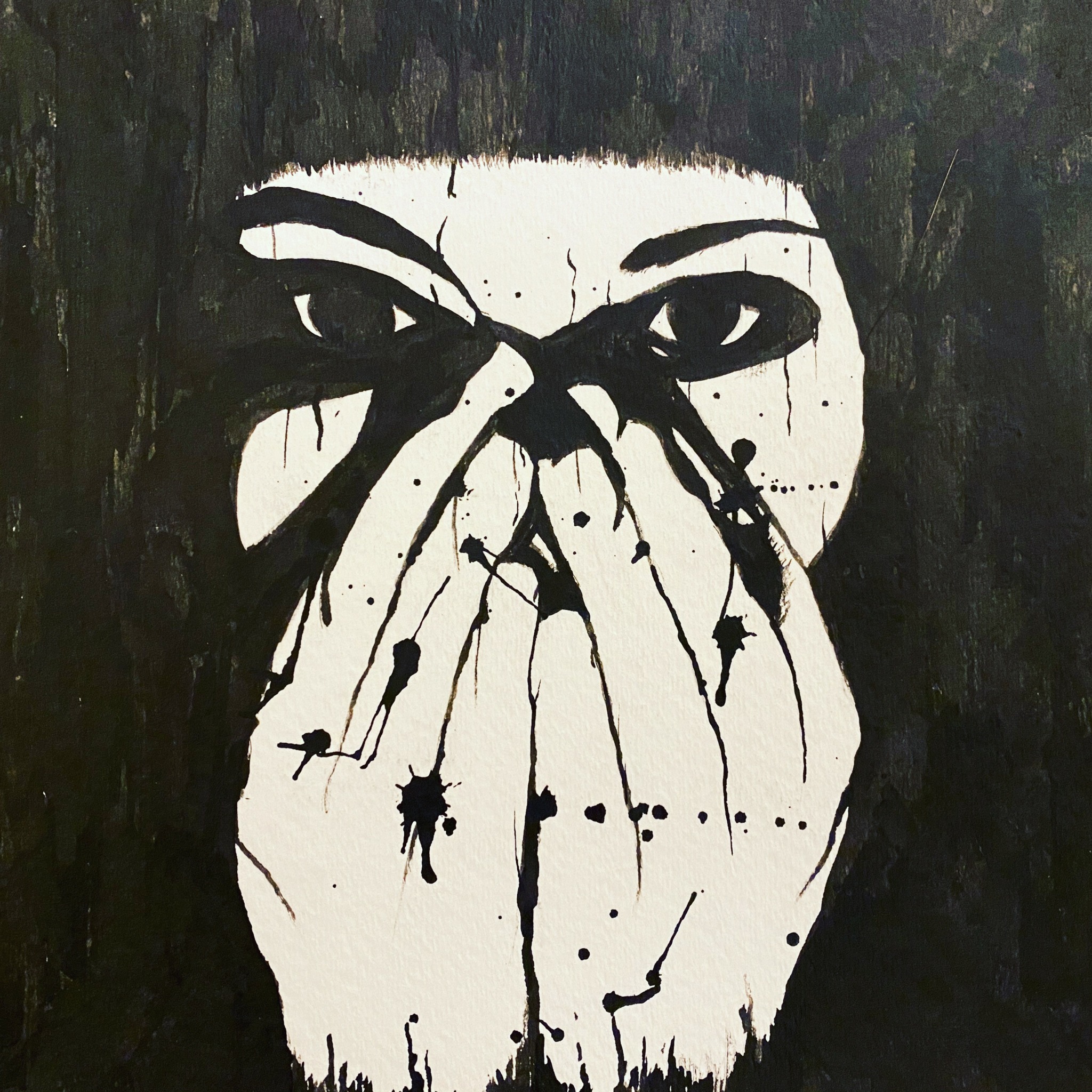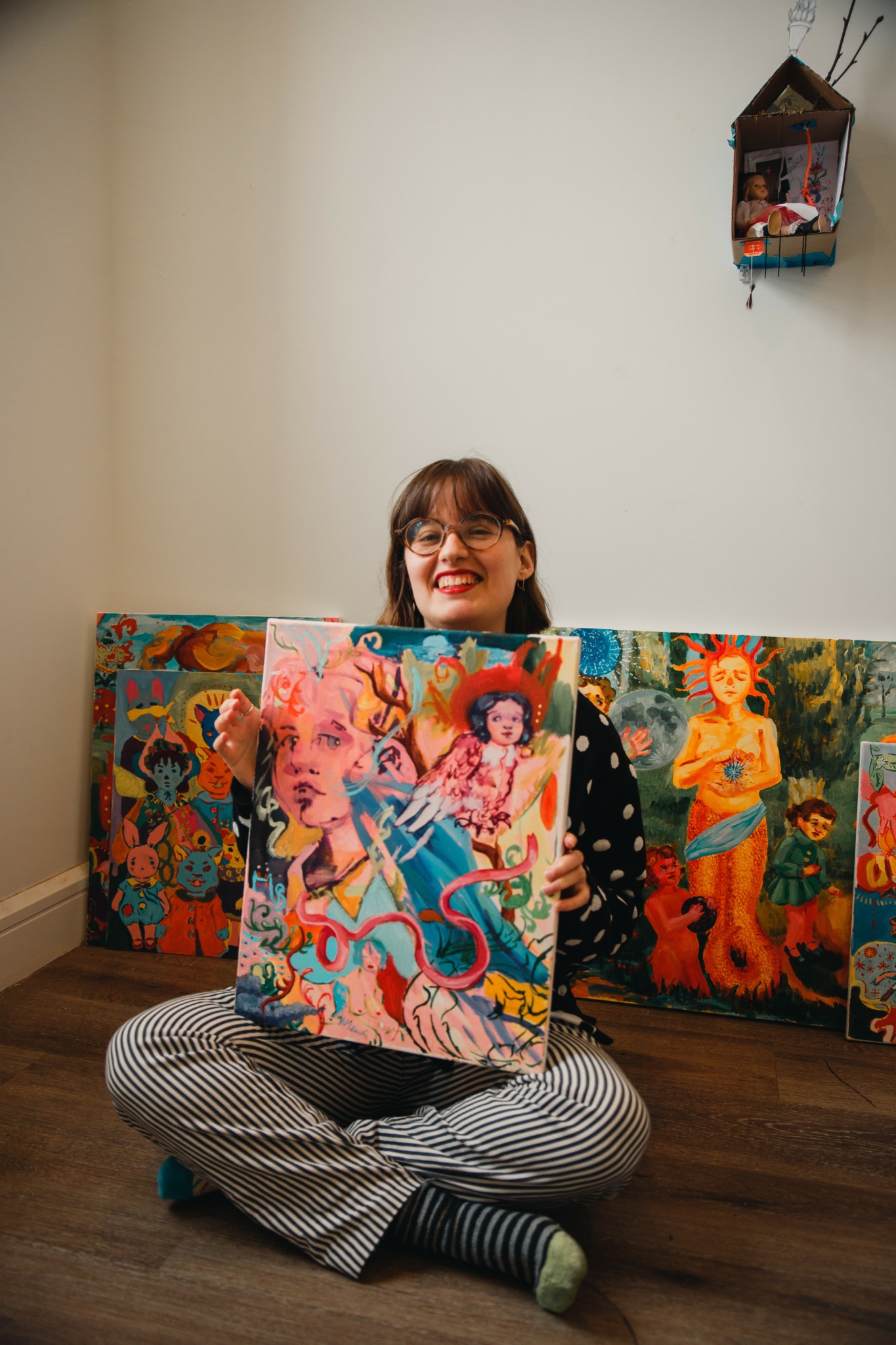Often there is no book or course to learn how to do what you want to do – so how artists and creatives overcome such challenges? How have some of the most talented artists and creatives in the community managed to learn their craft?
Nicole Carothers

For a time I was in my biological father’s care as a child. He happened to work in Hollywood managing set build for TV shows and music artists with Paramount, Universal Studios, etc.. He contracted celebrity work as well for homes/additions. I’ve learned the most from participating and being hands-on. I’m a curious individual when it comes to the unknown. People say I know a lot of information for no reason… But the reason is that knowledge is power”. Read more>>
Mermaid

Music has always been at the core of who we are as individuals, so in a way, we’ve been learning our craft our entire lives. Each of us came into this band with our own unique background—whether it was Brittany’s visual art and rich experience in the music industry as a songwriter, vocalist, and producer, Candace’s grounding in musical performance, passion for storytelling through song. Coming together as Mermaid was like piecing together a puzzle we didn’t know we were building. Read more>>
Emma Hamlet

I learned to create content by experimenting with different styles and formats and observing what resonated most with my audience. Over time, I realized that data was essential in shaping my strategy. By analyzing metrics like engagement rates, reach, and audience demographics, I could better understand what worked and what didn’t, allowing me to refine my approach and tailor content more effectively. Read more>>
Bobby Dougherty

With songwriting, I don’t think you can speed up your learning process. You can’t force it. Keep working hard, take criticism, and honestly evaluate your material. Don’t be afraid to start over, and over, again. I think there are two essential skills with songwriting. The first is understanding the craft of songwriting and the second is finding your creative process. The craft of songwriting comes from learning songs, which you should never stop doing. When you feel blocked writing, learn a song. Learning music theory helps, but it can also hurt. It can make you trust your mind instead of ears. The more songs you learn, the better your ears get. Read more>>
Annette Stiers Jones

I started on my journey to become a landscape photographer in January 2023. I had just quit my job in engineering, in search of something that brought greater joy and meaning to my life. I spent a couple months looking for answers, and then it just came to me. Landscape photography seemed the perfect Venn diagram of my capabilities in math, science, and art, and of what I enjoy doing – being outdoors in the beautiful Pacific Northwest. Read more>>
Will Fettig

My passion for art started from the sidelines. A decade ago, while living overseas, I became captivated by street art and the transformation of public spaces. I found myself planning my days around discovering new artworks, all the while wishing I could contribute to that conversation. Since I didn’t have formal training, I relied on basic carpentry skills and resources like YouTube tutorials to find practical “shortcuts” that helped me achieve the results I wanted. Over time, this process sparked a deeper curiosity about the traditional, technical skills that initially felt daunting. Read more>>
Martha Jagodzinski

I learned what I know from college, being on the job, and having the company of creative people. Looking back, I could have used the internet more to my advantage by utilizing online tutorials. Knowing what I know now, the internet can be such a powerful tool in gaining knowledge and skills. However, I did acquire the skills on the job quite fast and grew creatively by staying involved in the creative community. I feel like the “real world” experience has been more valuable than going to college and thanks to the advancement of social media, now I can curate my feed to sprinkle in some adobe tutorials amongst all the memes and cat photos. Read more>>
Jeremiah D. Higgins

My job as a radio host requires, most of all, listening. It sounds easy, doesn’t it? Listening should be natural, but listening is hard. I have found it to be a worthy discipline. Since each radio show is roughly 48 minutes, I am always up against the radio clock to get to know the person I am interviewing and tell their story in that short timeframe. That’s hard to do. Most people are guarded and a little shy about talking about themselves. I can go deeper by listening and not interrupting the person I am talking to, and the story unfolds in exciting and illuminating ways that I never imagined. By listening, the guest often opens up and shares things with me that they usually would not share. Read more>>
Charlese Phillips

I started my fiber art journey in 2020 when we were all stuck at home and I knew I would need to do something creative to pass the time. I spent hours online researching and looking up different macrame and weaving techniques, even teaching myself how to spin my own yarn for my pieces (my first time spinning yarn did not go well). But, having access to efficient equipment and more materials would have greatly increased my learning to propel me forward faster as I worked to develop my skills. Read more>>
Erin Duncan

I learned how to write from a love of reading in my childhood. Knowing what I know about writing today, there’s nothing I could have or would have done differently to speed up my learning process. I grew with it, and for me, that was a great way to develop my skills. Read more>>
Erika Barriga

I had a lot of resistance with watercolor painting because I wanted to jump straight into making beautiful work and avoid the messy middle learning curve part. So that kept me on the sidelines, watching from a distance and not taking action. I always heard that watercolor was the hardest medium and that kept me frozen. Read more>>
Ezra Bynum

I’m deliberately taking the long road. Finding writing came later in life. I spent my childhood and several years of college playing sports. It wasn’t until I was living in New York City when I stumbled into my first acting class, and where I found my voice. Looking back I wasn’t learning to act, but instead, to be an artist. It was in that class, twice a week for two years, that I learned to be vulnerable, present, opinionated, unfiltered, operate from instincts, and the many other qualities that allow someone to act or write or paint or dance. Read more>>
Jasmine Wooten

Since childhood, I have been passionate about Creating art in various mediums, always labeled the “Crafty” one. I would be selected to take the lead in doing the art for a project, design a presentation, draw a mural, etc. I was drawn to black and white pencil portraiture because color intimidated me…Fast forward to the chapter of my life where I become a mother. Art became an increasingly prevalent form of Self-Care, and a method of stress release as I navigated single parenthood and the various stressors and challenges associated with the role. Read more>>
Shadow Girls Cult

We have been fortunate to take a couple of workshops with other overhead projector puppeteers but like many puppet artists, we are largely self-taught. We have learned much of what we know through experimentation and playing around with our projects and materials. Cass has a background in lighting design and Zane has a background in visual arts so our schooling has given us some of the useful skills we’ve been able to bring to our projection work. Since we are working in a discipline with very few practitioners, there aren’t formal ways or classes at school you can take to learn what you do. Even knowing what we do now, I’m not sure if we could have learned our craft any faster. Like most art forms, the best way to learn is to do and we’ve put in a lot of time making new work and continued to develop the pieces we’ve created as we learn more. Read more>>
Derek Milman

As an author, and when I was transitoning to a publishing career, I was lucky to have a background as an actor, and also as a playwright, which came in useful. I was trained classically at the Yale School of Drama, where I received my Master’s. I learned very quickly that there are parallels between the two art forms. As an actor you learn the importance of conflict, and high stakes. You internalize dialogue, interpret psychological profiles, and develop a facility with language. All that comes into play when formulating and drafting a novel. Each book doesn’t tell you how to write the next one, it only teaches you how to write itself, because each book runs on an entirely different engine, but you do sharpen your craft every time. Becoming a better writer and craftsman takes time and dedication. You should write as often as you can, read a lot, read across all genres, and not just the ones you write, go to museums, galleries, the theater, travel if you can, absorb art from other mediums, and you gradually become a better artist. Read more>>
Andrew Leventhal

I went to a school specializing in scientific glass blowing. I could have done more research to find artistic and trade schools right out of high school as opposed to a standard College education. Most essential skills were my willingness to try new things and keep at it. The main obstacle in my way is my medical condition, epilepsy. This prohibited me from driving and cause me to rely on others and struggle with memory issues while completing my studies. Read more>>
Lenka Ferak

I started with a background in architecture, where I had the chance to dive into photography and video editing – two skills that became essential in my career as a content creator. From there I studied successful influencers and analyzed top-performing accounts to understand what makes content engaging and unique. If I could start over, I‘d focus on the advice and insights from experienced creators right from the beginning. Also patience is key – sticking with it, even when growth feels slow. Creativity is by far the most essential skill. In such a fast-paced field, finding new ways to express myself visually and keep my audience engaged has been crucial. Time has been my biggest obstacle. Balancing my career as an architect with creating my content was the most challenging part. Read more>>
Alex Ranniello

I studied at The University of Hartford’s – Hartford Art School. When I graduated from the university in 2017, I had really no formula for making money nor any direction. The first thing I did (aside from a crappy part-time job) was volunteering my time in local galleries and studying under other professional mid-career artists. Those artists were doing workshops, large-scale projects and other really cool work, I was essentially a sponge those first few years. I learned a lot from a technical standpoint, but I didn’t have a full grasp on the triadic balance between 3 key things: creating the artwork, being social & networking, and running your own business. I picked up so many tips from local professionals who were in the mix doing things and making things happen in their communities. Read more>>
Travis Owens

I have the ADHD superpower of hyper-fixation, haha. I started learning drums in 9th grade because my best friends wanted to start a pop-punk band together and I was the appropriate Travis for the job (we loved Travis Barker and Blink-182). I actually didn’t have a drum set for the first year of this journey. I made a pair of HUGE drum sticks in wood shop, by hand, and used those to air drum in my room, it was super corny, but it worked for me. Read more>>
Alana Tsui

I have always been artistic growing up, but I never considered pursuing a career as an artist. I graduated with a Bachelor of Fashion Design degree and accidentally discovered mural painting when I moved into my first apartment in the Soho/Chinatown area. The walls in my room were a dull, depressing grey, so I asked my landlord for permission to paint them white. When I reached the fourth wall, I ran out of paint and began doodling. To my surprise, a whole mural transpired before my eyes! It was so much fun and felt extremely liberating to be able to draw freely on open walls, something that was definitely not allowed growing up in an Asian family. I got more paint and created more murals on the other walls in my room and posted photos of it on social media. As a result, people began reaching out, and in that first year, I painted countless apartments, offices, and even the Thompson Hotel in Tribeca. Read more>>
Jennifer Lynn

I think it would be naive of me to claim that I’ve learned all of the ins and outs of the content creation industry. I am a big believer that when we stop learning, we stop improving. I think the two biggest ways I learned to create content were by observing successful bloggers and the type of content they put out, how others engaged with their content, and by purposefully finding bloggers that I connected with on some level whether aspirational, similar to myself, or dissimilar in looks, but passionate about the same things. By following so many content creators I started to think about what I would want to create and what type of creator I wanted to be. Read more>>
Cy Harold

Learning what was required to publish a book went from a slow, arduous process to a deluge of helpful information. What were once Google searches and stumbles across random articles became long virtual conversations with other authors I had the privilege of meeting through social media. Just by making the simple decision to join social media as an aspiring author, I not only demystified the processes of querying as a traditional author or choosing to self-publish, but I also gained a group of mentors and friends. Sometimes, I regret not putting my preconceived notions about certain social media outlets and joining them sooner. Read more>>
Michelle Mcgraw

I have had many influences in my art journey. My maternal grandmother sewed the majority of my clothes when I was younger. Watching her create magic on her sewing machine is one of my earliest memories. She had siblings who were also always sewing, painting, wood working, etc. They were probably my earliest influences, along with my elementary art teacher Alice Lobell. My mother and father were very supportive of my creativity as well. Read more>>
Jacqueline Dupré

My passion for art began when I was 12, thanks to my mother. She enrolled me in classes with a local artist, Mary Reay, whose guidance gave me a strong foundation in drawing and painting. After class, Mary’s husband, David, would show me his cameras and explain his process as a photographer. That experience sparked what would become a lifelong fascination with photography. Read more>>
Sasha Smardak

I learned to crochet from my roommate and best friend, Antonia Cordo. She taught me to crochet during our sophomore year of college. I instantly loved it and furthered my skills by watching youtube videos and challenging myself to read patterns. Because I am a sculpture major, I wanted to be able to incorporate crochet and fiber arts into my degree field. I don’t believe that I could have sped up my learning process – I am still learning. I just kept practicing and challenging myself – which led to multiple failures and unfinished projects. I do believe that there is no progression of learning without defeat. I think the skills that are most essential in the development of my craft are learning from my failures, as well as, having someone to bounce ideas off of and telling me where I went wrong. Antonia can always look at one of my sculptures and tell me what is working and what is not, which is super helpful. Having someone in your life who can be one of your closest friends and still be able to be critical and objective is an awesome super power. Read more>>
Marie-pierre Sander

I learned flower pressing by going in all in! I joined every group I could find, signed up for classes, and connected with some amazing experts who were so generous with their knowledge. Then came the real work—practicing nonstop and learning through plenty of trial and error. Flower pressing takes a ton of patience and a little bit of magic. There are no shortcuts; every step is important, and each flower has its own unique way of being pressed. Every success and all the disasters taught me something valuable. I learn something new with every bouquet I work on. Then came the framing part of the process. That’s when I realized I wanted my frames to be truly unique—crafted from scratch, right here on our amazing island. The thought of ordering mass-produced frames online or using ones made overseas made me cringe. Most of my couples make Key West their destination wedding spot, hiring local vendors and creating memories with florals all designed right here. It became my mission to honor their story by keeping everything local, right down to the frames. That’s when I connected with a local framer, Art Warehouse. I brought in one of my pieces, shared my vision, and the rest is history. Now, every framed bouquet is as unique as the story behind it. Read more>>
Reggie Rose Gonzales

I learned photography from many different chapters in my life. Four different chapters actually. I wanted to come at it from as many different angles I could get my hands on. I needed to try, try again, and then try something else. What else are your college years for, right? First chapter was from my mother, in highschool, she showed me the basics of the camera, getting shots, and how to get creative. She showed me what it means to have ‘the eye’ as she would say. These lessons I got from her were the seeds that grew into what I am today. I saw a new way of looking at the world and I knew I wanted everyone to be able to see how amazing it is. Read more>>
Can Yağız

I only learned how to print recently. Before attending the Yale School of Art, where I went for my Master’s in Painting and Printmaking in 2023, I had never worked with large printing presses. While the craft itself and its technicalities are new to me, I’ve realized that the way I worked already used some of the principles of printmaking. I just kept diving deeper and deeper into printmaking and I don’t think I will hit the seafloor anytime soon. Read more>>
Claire Weaver-zeman

I started painting when I was in high school, and formally learning how to draw observationally, but I was always a creative kid and enjoyed creating dolls and characters with friends, that were often made of paper or old socks and colorful yarn. I’m just starting to learn how to make ceramics and I’m having a great time exploring the third dimension! The learning process for me has been pretty steady in terms of painting, I have kept up a pretty consistent practice since I graduated from college. The one thing I wish I had done earlier is explore other materials like clay- it feels so natural to work with and is similar to paint in its malleability. The skill most essential to what I do technically is definitely my observational drawing ability, but I think the most essential skills to have in any creative endeavor is curiosity and flexibility. You have to really be into what you are doing. The only obstacle that has really stood in my way is studio space-but luckily for me I am in grad school now and have plenty of space and resources! Read more>>
Dilara Foscht

As an actress, performing has always been a part of my life—even before I fully realized it. I grew up in a household where dancing was one of our main sources of entertainment. After joining dance classes and competing in national and international championships across Europe, I knew I was destined for a career in the performing arts. Easier said than done. It was dancing that eventually led me to join a youth theater company, which opened the door to theater and film acting. I believe that most creative crafts take time to develop. Similar to any trade job, certain skills need to be honed, and the process often can’t be rushed. Especially in a field where emotional growth and personal development fuel so much of what our art represents. There’s nothing that can truly speed up the process of developing your craft except “living life.” For me, traveling, experiencing foreign cultures, and learning new languages have been key to supporting my personal and artistic growth. Read more>>
Vini Mota

I’m a designer by education and had the privilege of attending one of the most sought-after design school in Brazil. That foundation gave me a strong start, but the real learning came through experience. Living and working in Australia, Dubai, and Singapore exposed me to diverse ways of thinking and working. I’ve always leaned into hands-on work, learning by doing, and surrounding myself with people who challenge me to think bigger and approach things differently. Read more>>
Erika Munoz

Learning the actual skills has been surprisingly swift, the challenge has been making it work as a business. Of course the learning of advanced skills is never-ending and always fun. Initially, it involved a lot of trial and error—researching recipes, tweaking them to see the outcome, and watching countless YouTube videos on decoration techniques. This craft is something you learn by doing, which resonates with me as it mirrors my approach to life. While I can read ten books or sit through long lessons on a topic, it’s only when I get hands-on that my brain truly absorbs the information. I love projects that require me to get my hands dirty; those are the ones I cherish the most. Read more>>
Nemanja Zdravkovic

I’ve been in photography for over 17 years, with more than 13 years dedicated to wedding photography. Over the years, I’ve learned so much about the craft, the business, and myself. If I look back, I’d say the most important factors that helped me grow were having a strong passion and real commitment to what I do. Those are the keys to not only speeding up the learning process but also ensuring the quality of your work gets better over time. Read more>>
Lukas Janecek

I started playing guitar mostly on my own when I was about 17, teaching myself by listening to CD’s, watching YouTube videos, and just experimenting with different sounds. For a long time, I was self-taught, figuring things out as I went along. But when I moved for college to the USA, I realized how important it was to have structured guidance. That’s when I really understood the value of having a teacher. I mean, even someone like Tiger Woods, the best golf player in the world, still has a coach. No matter how skilled you are, there’s always room for improvement, you will never really master the instrument, but you just always strive to get better and having someone to point out your weaknesses and help you grow is very crucial. Read more>>


